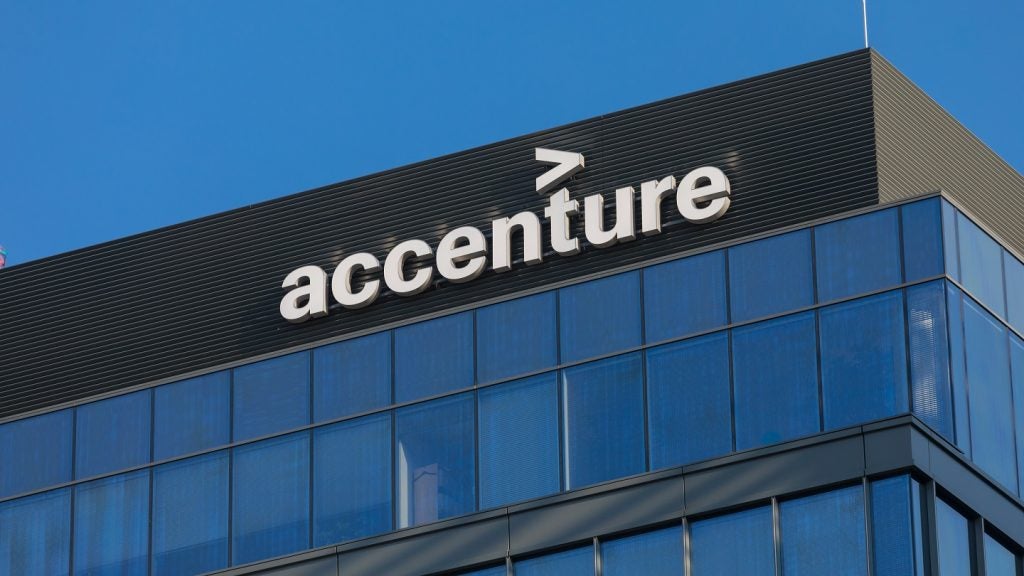While retailers will have challenges to firefight through this year and will have already tied up much of their 2017 budgets, there are key areas retailers should be investing in to aid organic growth, secure shopper loyalty and take advantage of advancing technology.
This is critical as the UK moves into a period of squeezed disposable incomes and weak consumer confidence, so those retailers with a flexible Capital expenditure budget stand to benefit from market disruptors and opportunities.
1. Personalised content delivery
Amazon and Shop Direct have spearheaded investment in personalised content delivery (online platforms, marketing material and product suggestions) especially in personalised landing pages, utilising the wealth of data gathered on their shoppers.
This has allowed them to customise aspects of their proposition to improve the shopping experience, drive impulse sales, encourage trading up and streamline the decision-making and purchasing process. As technology develops, it will allow retailers to become even smarter in tailoring their content.
As mobile usage and purchase penetration builds, personalisation of mobile platforms and apps will become more essential as navigation is typically trickier and can lead to abandoned baskets.
Personalisation can streamline the shopping experience by prioritising content and items seen by the customer based on browsing, filtering and purchase history.
How well do you really know your competitors?
Access the most comprehensive Company Profiles on the market, powered by GlobalData. Save hours of research. Gain competitive edge.

Thank you!
Your download email will arrive shortly
Not ready to buy yet? Download a free sample
We are confident about the unique quality of our Company Profiles. However, we want you to make the most beneficial decision for your business, so we offer a free sample that you can download by submitting the below form
By GlobalDataWhen investing in content personalisation the customer should be relatively unaware of the retailer’s efforts to personalise content. The tailored offer should not be invasive, but must understand personal data and make it helpful for the shopper.
2. Delivery saver schemes
With retailers needing to go the extra mile to satisfy consumer demand for convenience, and fend off the likes of Amazon and ASOS, they must encourage shoppers to see the value in home delivery – and a subscription delivery scheme could achieve this.
A saver scheme helps a retailer to stay top of mind, and encourages loyalty and cross-sector shopping.
Monitoring cost and profitability would be essential in offering such a scheme.
Retailers must track individual shopper behaviour upon signing up to the scheme – if overall spend remains unchanged despite higher order frequency, the delivery scheme should not be pursued.
3. Instant gratification
As demand for efficient and convenient shopping continues to rise, it is essential that retailers are thinking about how they can streamline the instore purchasing process and provide shoppers with instant gratification.
This has been heavily invested in online, with fast check out and one-click purchasing, but physical stores have seen less innovation.
With stores increasingly playing the final validation role, where consumers have found the product online and have checked instore stock levels but still want to go instore to touch, feel and try it, the payment process must be speedy and hassle free.
Self-scan payment processes at the grocers and the carrier bag charge have shifted consumer mindset, and we are acknowledging that we do not need staff for assistance or during the payment process.
This has created an opportunity for non-food retailers to take self-payment to the next step by allowing consumers to pay on their phone using the retailer’s payment app. There are obvious security risks to factor in, but technology such as iBeacons and barcode security tags will make this possible.
This will empower shoppers, encourage spending, support the appeal of physical stores and remove barriers to purchase – queues should become a thing of the past.
4. Shoppable content
Leveraging shoppable content technology is more viable than investing in automated purchasing (Amazon Dash), which is more suitable to FMCG retailers due to regular product replacement cycles.
Editorial content continues to be an important investment area in driving shopper engagement and loyalty, so making content across retailer websites and social media platforms shoppable is vital.
One quarter of all Pinterest users have gone to a retailer’s store to view an item seen on Pinterest, while nearly a fifth of Instagram users have bought a product seen on the platform. Making content shoppable, through one or two clicks, will eliminate missed opportunities and capture impulse spend.
5. User advocacy
Peer-to-peer advocacy is becoming essential, with cultural shifts away from authoritarian retailer advice and guidance to customer advocacy that engages shoppers and promotes the brand authentically.
Retailers such as Made.com, Topshop, Ao.com, Tesco and Asos have all invested in user-generated content such as style galleries, training tools/tips, or recipe sharing (in the case of the grocers), but these could be better showcased, and optimised, to drive sales.
There are affordable quick wins retailers can implement by utilising online platforms and social media (hashtags and retweets). Encouraging customers to share photos, videos, demonstrations and comments on their purchases or experience provides browsers with inspiration and encouragement to spend – particularly high investment pieces such as home technology and furniture.








Related Company Profiles
ASOS Plc
Tesco Plc
Amazon.com Inc
Pinterest Inc